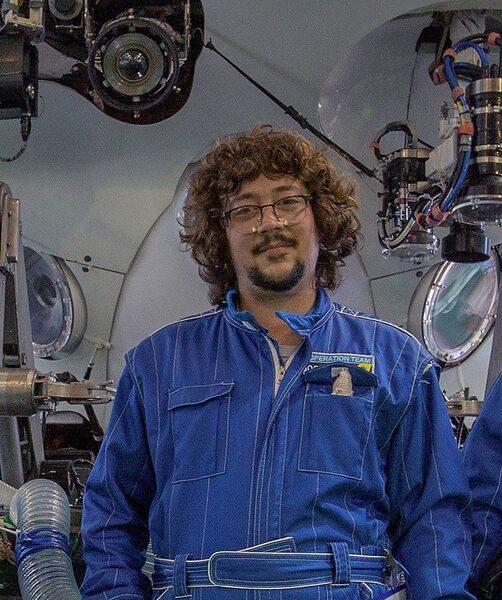An evolutionary perspective on symbioses from the alvinocaridid shrimp family

Description
Pierre Methou
Young Research Fellow
JAMSTEC
Abstract
Rimicaris exoculata shrimps from hydrothermal vent ecosystems of the Mid Atlantic Ridge are known to host dense epibiotic communities inside their enlarged heads and digestive systems. The “head” symbiosis is mainly composed of chemosynthetic bacteria which provides most of their host nutrition. Resident symbionts from the digestive system, on the other hand, are heterotrophic and could participate in their host immunity or complement their nutrition. Still, symbiotic relationships in other shrimps from the family have received less attention. This seminar aims to show recent advances on the nutrition and bacterial communities colonizing “head” chambers and digestive systems of 16 alvinocaridids species from 20 vent and seep locations all around the world. It also focuses on the links between metamorphosis and symbiosis during juvenile development in some of these shrimp species. Current results revealed that a few alvinocaridids rely on chemosynthetic epibionts as their main source of nutrition while others do not and use other feeding sources. They also show a substantial presence of several Firmicutes associated within the digestive systems of most alvinocaridids, which closest known lineages were systematically digestive epibionts associated with digestive systems of other crustaceans from marine and terrestrial ecosystems suggesting a potential ancient and evolutionarily conserved bacterial partnerships among this group. On the other hand, they suggest a more recent relationship with chemosynthetic symbionts in the “head’’ chambers with an evolutionary convergence towards a chemosymbiotic diet in two distinct shrimp lineages (R. exoculata/R. kairei on one hand and R. hybisae/R. chacei on the other). Moreover, it suggests a new type of phenotype plasticity with divergent developmental pathways that could be driven by the timing of symbiont colonisation during their metamorphosis between juveniles and adults.
Add Event to My Calendar
Subscribe to the OIST Calendar
See OIST events in your calendar app





